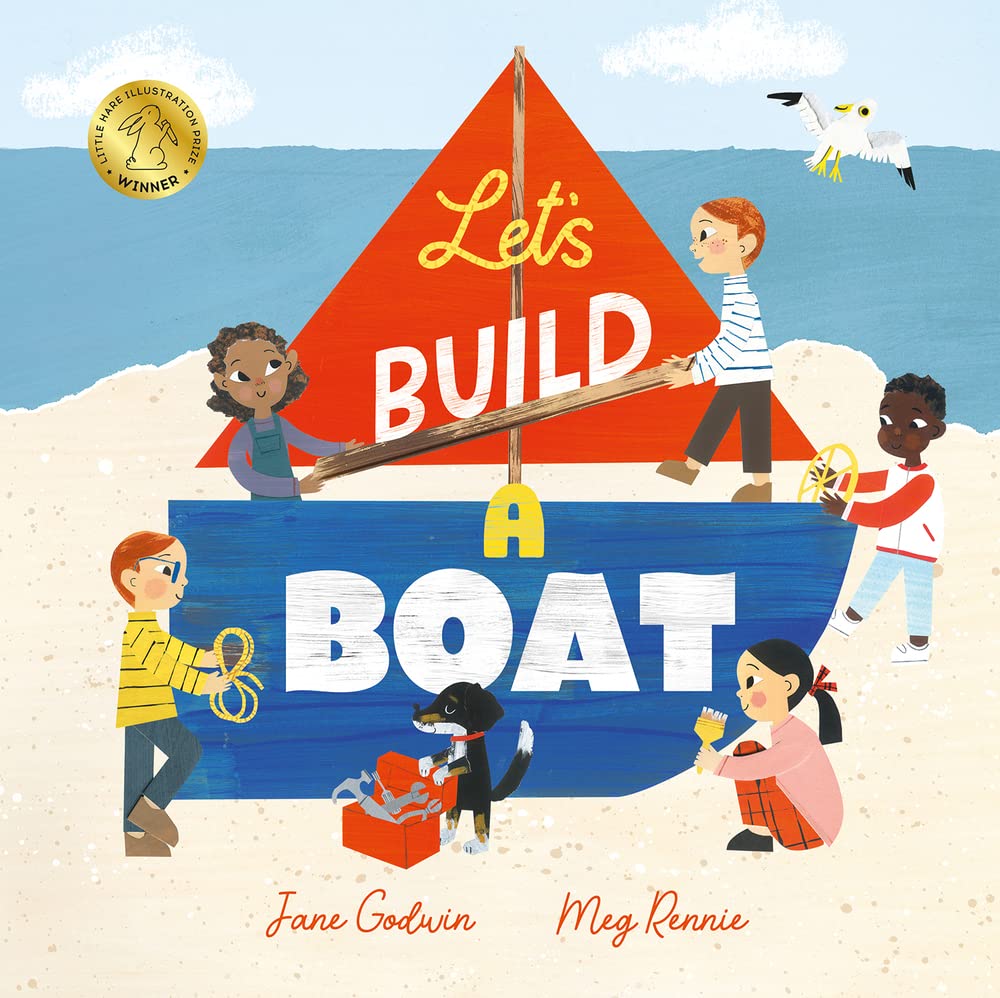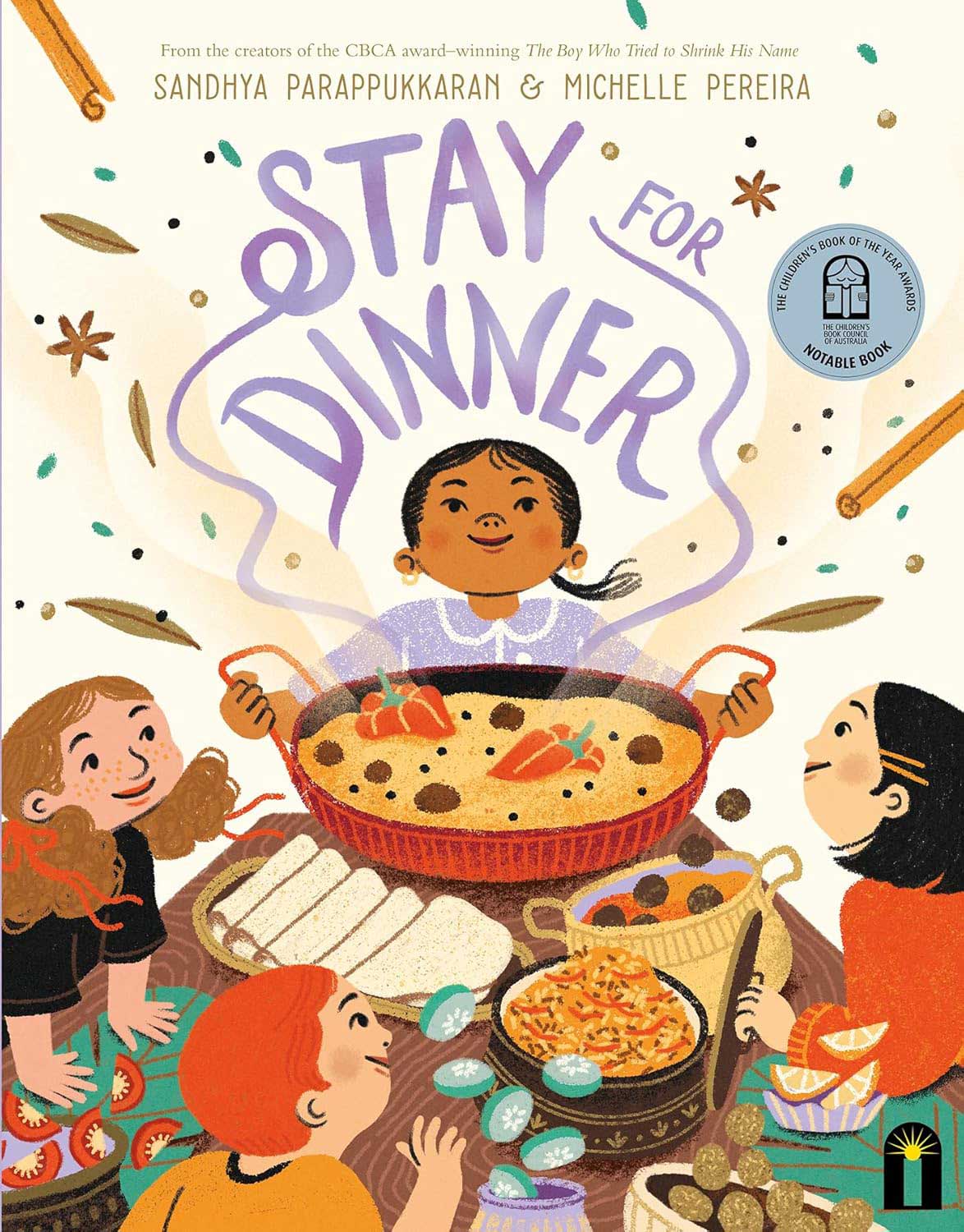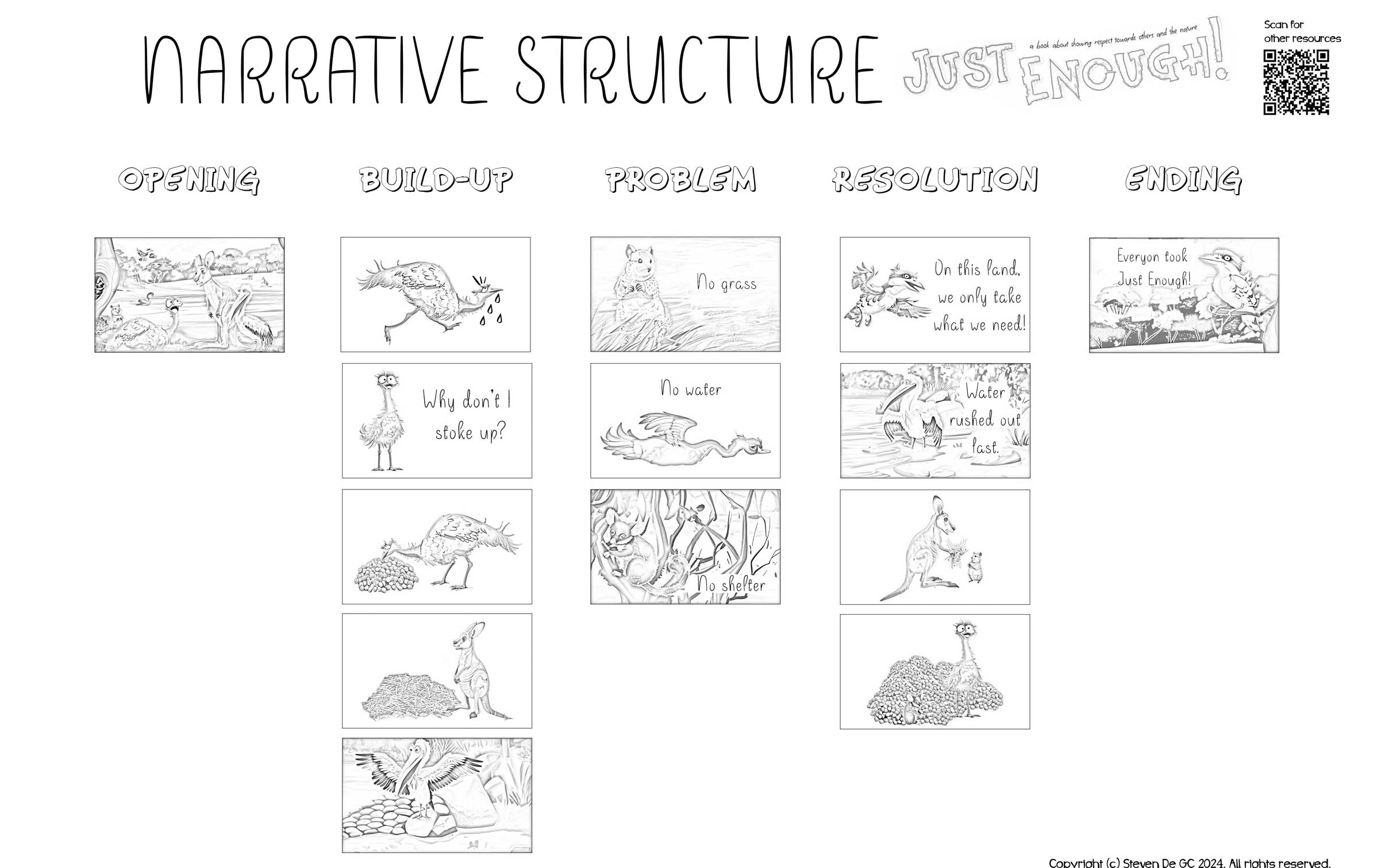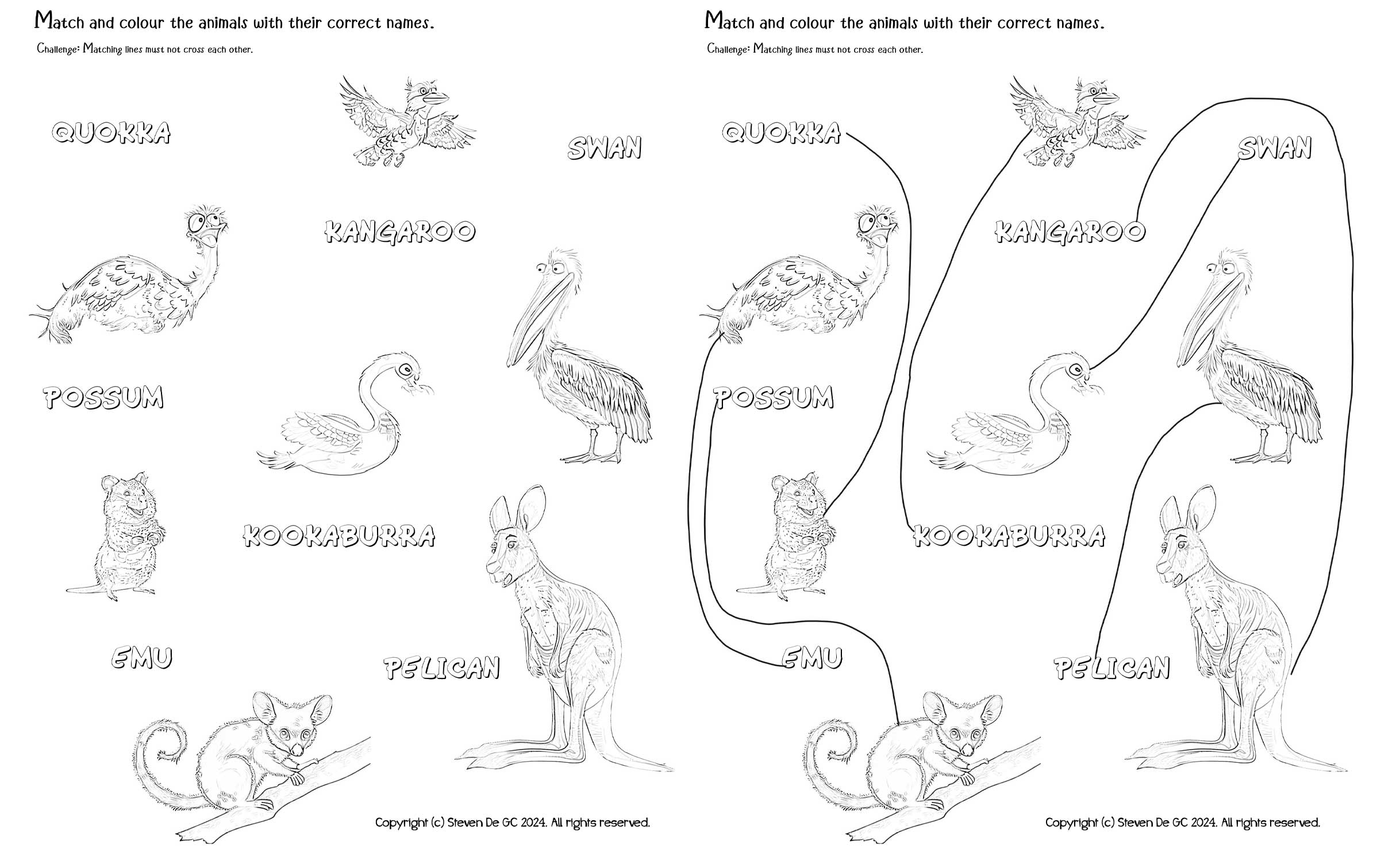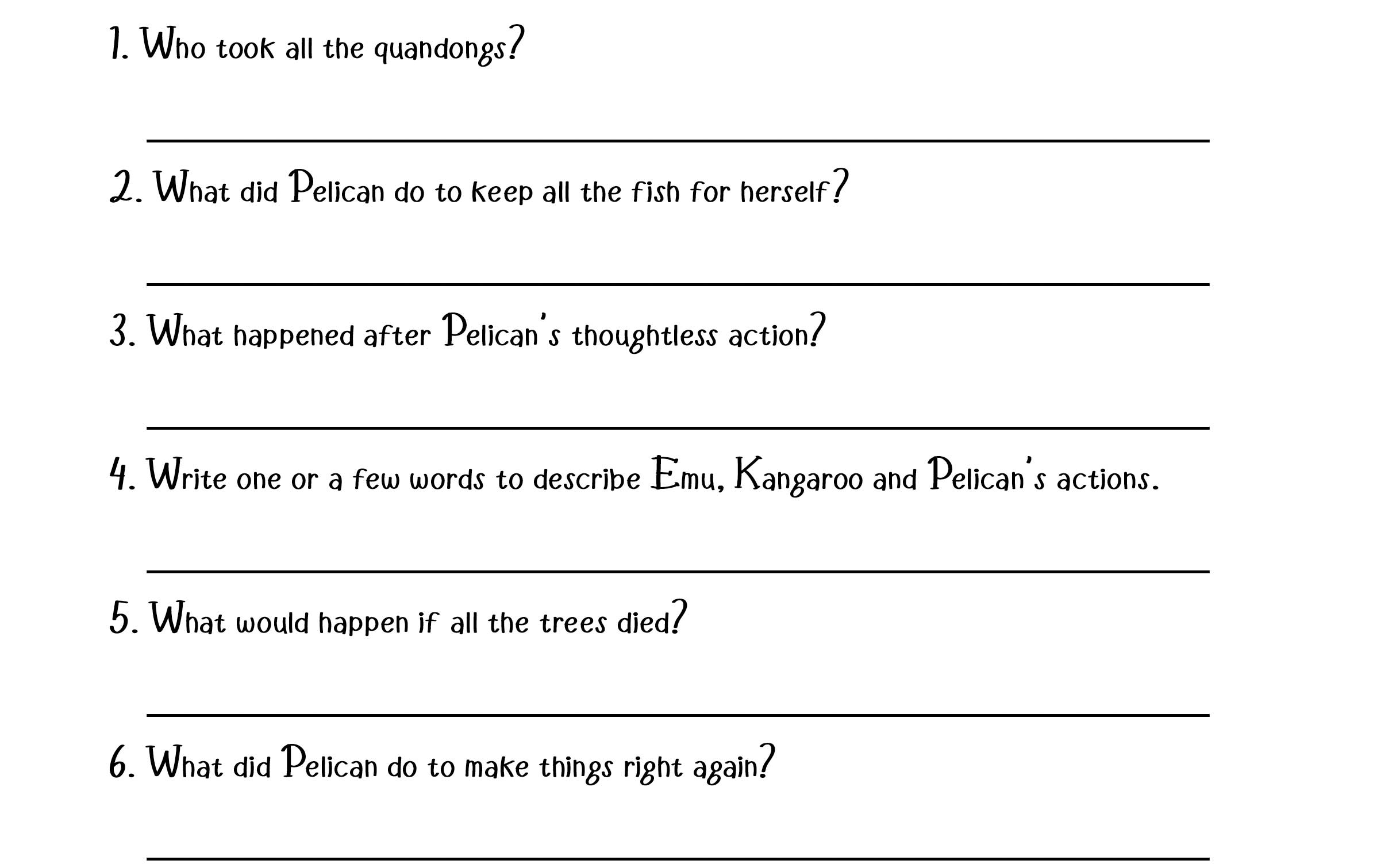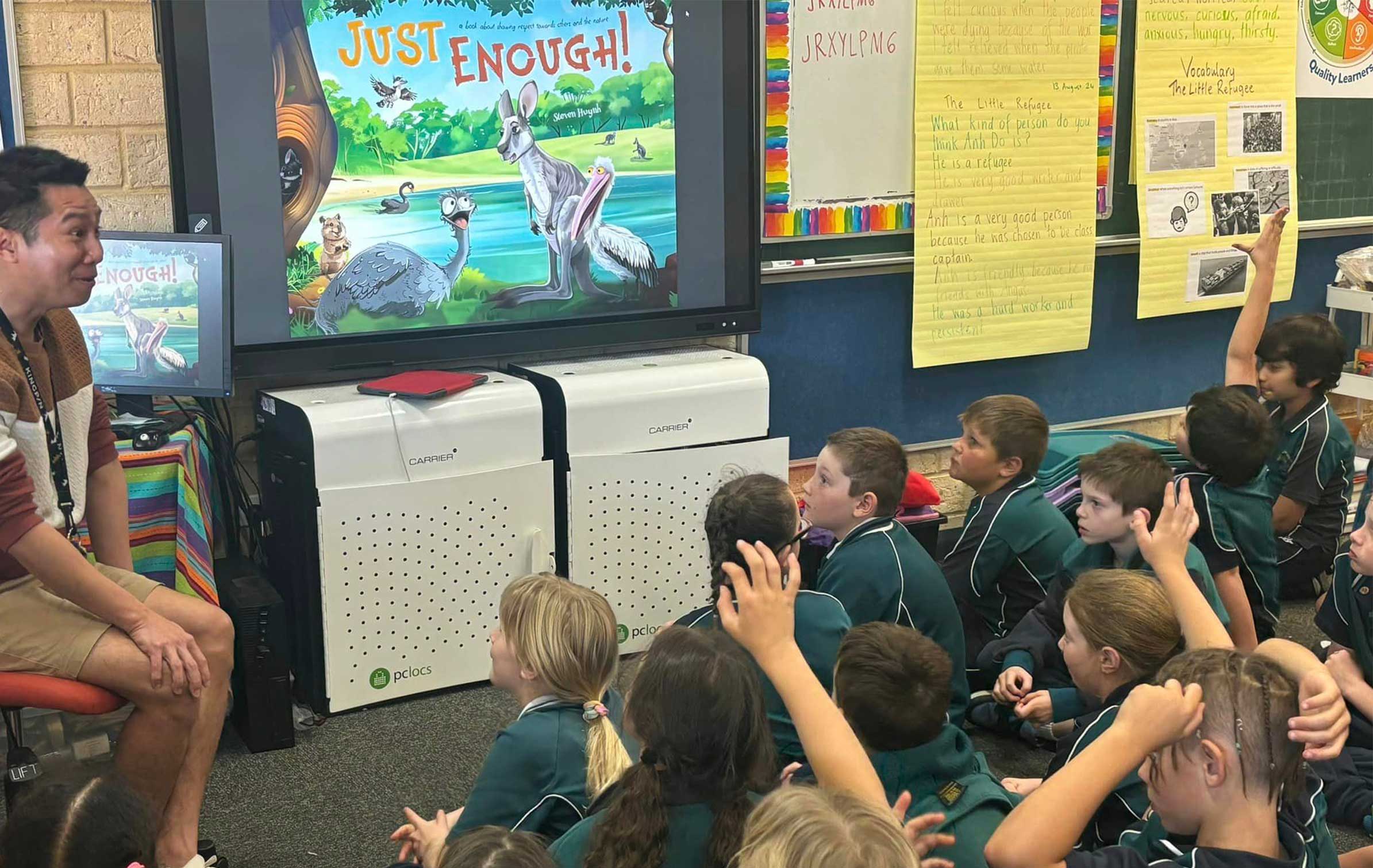English Language and Literacy
English Language and Literacy Books, Activities and Articles for Kids (Foundation to Year 2)
- Support children’s literacy growth with our collection of picture books, hands-on literacy activities, and practical articles for teachers and parents—all aligned with the Australian Curriculum for Foundation (age 5), Year 1 (age 6), and Year 2 (age 7).
- Explore key language topics through our Book Hub, including everyday language, compound and complex sentences, interesting words and noun groups, rhyme, repetition, prepositions, alliteration, similes, and sequencing events in texts.
- Our teacher- and parent-friendly articles offer tips on building comprehension strategies, encouraging fluency, and strengthening interaction skills, whether you’re guiding students in the classroom or supporting learning at home.
- Ideal for educators and homeschoolers looking to nurture confident young readers and writers through story-rich and language-focused learning.
Topics in this subject
Expand | Collapse Search filter
-
[T4R] Stay For Dinner: L5 Vocabulary
📔 Stay For Dinner by Sandhya Parappukkaran• We are learning the meaning of unknown words in context.
-
Shapes with Little Fish
Written & illustrated by Lucy Cousins
Published by Walker Books
Theme/topic: Rhyme and Shapes
Suggested learning area: AC9EFLY09 (English Language and Literacy – Foundation) AC9MFSP01 (Mathematics – Foundation) ACELA1439 (English Language and Literacy – Foundation) ACMMG009 (Mathematics – Foundation)Shapes with Little Fish is a bright and engaging picture book that introduces young children to basic shapes through playful underwater adventures. The book helps early learners name, describe and trace shapes (AC9MFSP01, ACMMG009 – Foundation Year, Mathematics) through simple, rhythmic text (AC9EFLY09, ACELA1439 – Foundation Year, English), which also supports reading while fostering early geometric awareness. In addition, the cheerful character of Little Fish guides readers through a lively exploration of shape recognition in an accessible and interactive way.
[T4R] Stay For Dinner: L4 Literal Retrieval
📔 Stay For Dinner by Sandhya Parappukkaran• We are learning to retrieve literal information from the text.
[T4R] Stay For Dinner: L2 Making Predictions
📔 Stay For Dinner by Sandhya Parappukkaran• We are learning to make predictions about the text.
[T4R] Stay For Dinner: L1 Background Knowledge
📔 Stay For Dinner by Sandhya Parappukkaran• We are building our background knowledge to help us comprehend a text.
Let’s Build A Boat
Written by Jane Godwin
Illustrated by Meg Rennie
Published by Little Hare Books
Theme/topic: Colaborating, Evaluating (design), Friendship, Narrative, Persistence, Producing, Rhyme, and Teamwork
Suggested learning area: AC9HP2P01 (Health and Physical Education – Year 1,Year 2) AC9HP2P03 (Health and Physical Education – Year 1,Year 2) AC9TDE2P01 (Design and Technologies – Year 1,Year 2) AC9TDE2P02 (Design and Technologies – Year 1,Year 2) AC9TDE2P03 (Design and Technologies – Year 1,Year 2) AC9TDE2P04 (Design and Technologies – Year 1,Year 2)This inspiring picture book celebrates teamwork, creativity, and determination. As a group of children come together to build a boat for their picnic on an island, the story naturally lends itself to discussions about the purpose of a boat in general and context of the text (AC9TDE2K01 – Years 1 and 2, Design and Technologies). The story also highlights the importance of preparation before they begin (AC9TDE2P01 – Years 1 and 2, Design and Technologies), innovation and problem-solving when they face the challenge at sea (AC9TDE2P03 – Years 1 and 2, Design and Technologies).
Throughout their journey, they experience challenges and moments of joy, allowing students to reflect on how they manage emotions in different situations (AC9HP2P03 – Years 1 and 2, Health and Physical Education). The story also supports children in understanding how teamwork, resilience, and problem-solving help them to achieve shared goals (AC9HP2P01 – Years 1 and 2, Health and Physical Education).
Let’s Build a Boat is a perfect launchpad for hands-on STEM or creative projects, as well as social-emotional learning discussions around collaboration, effort, and celebrating differences.
AC9HP2P01 (Health and Physical Education – Year 1,Year 2) AC9HP2P03 (Health and Physical Education – Year 1,Year 2) AC9TDE2P01 (Design and Technologies – Year 1,Year 2) AC9TDE2P02 (Design and Technologies – Year 1,Year 2) AC9TDE2P03 (Design and Technologies – Year 1,Year 2) AC9TDE2P04 (Design and Technologies – Year 1,Year 2)Stay For Dinner
Written by Sandhya Parappukkaran
Illustrated by Michelle Pereira
Published by Bright Light
Theme/topic: Action words, Health and Physical Education, and Narrative
Suggested learning area: AC9HP2P01 (Health and Physical Education – Year 1,Year 2) AC9HP2P02 (Health and Physical Education – Year 1,Year 2) AC9HP2P03 (Health and Physical Education – Year 1,Year 2)Stay for Dinner by Sandhya Parappukkaran is a vibrant celebration of cultural diversity and the connections made through shared meals. The story centres on a family preparing a special dinner for their child’s friends, offering a glimpse into various mealtime customs and table manners (AC9HP2P01 – Years 1 and 2, Health and Physical Education). Through the lens of this dinner, the book explores the emotional responses and questions that arise from cultural traditions (AC9HP2P03 – Years 1 and 2, Health and Physical Education), encouraging children to embrace diversity and appreciate the richness of different cultural backgrounds (AC9HP2P02 – Years 1 and 2, Health and Physical Education).
The narrative is brought to life with vivid sound and imagery words such as “squish,” “splash,” “slice,” and “prong,” capturing the sensory experience of the meal. Culinary terms like “papadum,” “sadhya,” and “dumpling” add authenticity and depth, inviting readers into the world of diverse cuisines. As the main character reflects on her and her friends’ mealtime experiences, the story underscores the importance of understanding and respecting different customs, fostering a sense of togetherness and mutual respect.
With its rich illustrations and heartwarming themes, Stay for Dinner inspires children to find joy in sharing meals and traditions, highlighting the value of friendship and cultural appreciation.
6 Tips for Parents to Engage Storybooks in Children’s Learning Journey
Discover effective ways for parents to engage in their child’s primary school learning journey. Explore how storytelling at home can enhance Australian home learning and foster parental involvement.
From Story to Study: an Innovative Learning Experience with Storybooks
Explore creative ways to use a children’s book across subjects, enhancing literacy and building connections between diverse skills in the classroom.
How to Plan an Engaging Lesson Using Storytelling
Unlock the power of storytelling in your lesson plans! Learn how to create engaging, captivating lessons that inspire students and enhance learning, all while aligning with the Australian Curriculum.
How to Effectively Deliver Storytelling to Young Learners in the Classroom Setting
Discover effective storytelling techniques for children that enhance engagement and learning in the classroom.
Why Storytelling is Essential in the Classroom: Key Benefits for Educators
Discover the key benefits of storytelling in Education for 5-7-year-old classrooms. Enhance classroom engagement, boost empathy, and build critical thinking skills.
Narrative Structure Just Enough!
📔 Just Enough! by Steven Huynh• Students learn to retell narrative texts in the proper sequence.
Southwestern Australian Animals
📔 Just Enough! by Steven Huynh• Children learn to recognise the animal names through letters.
Just Enough!’s Reading Comprehension
📔 Just Enough! by Steven Huynh• Students learn to identify and extract key information from the text to deepen their comprehension.
• Students learn to relate elements of the text to their own lives.Boost Early Literacy with Dialogic Reading in Australian Classrooms
Enhance early literacy with dialogic reading. Discover how this evidence-based strategy supports the Australian Curriculum and boosts student engagement.
Dialogic Reading with Just Enough!
📔 Just Enough! by Steven Huynh• Students are learning to make predictions and connections between the illustrations and text to deepen their understanding of the story.



![[T4R] Stay For Dinner: L5 Vocabulary](https://stevendegc.com.au/wp-content/uploads/2025/02/T4R-Stay-For-Dinner-L5-Cover.jpg)

![[T4R] Stay For Dinner: L4 Literal Retrieval](https://stevendegc.com.au/wp-content/uploads/2025/02/T4R-Stay-For-Dinner-L4-Cover.jpg)
![[T4R] Stay For Dinner: L3 Book Talk](https://stevendegc.com.au/wp-content/uploads/2025/01/T4R-Stay-For-Dinner-L3-Cover.jpg)
![[T4R] Stay For Dinner: L2 Making Predictions](https://stevendegc.com.au/wp-content/uploads/2025/01/T4R-Stay-For-Dinner-L2-Cover-1.jpg)
![[T4R] Stay For Dinner: L1 Background Knowledge](https://stevendegc.com.au/wp-content/uploads/2025/01/T4R-Stay-For-Dinner-L1-Cover-1.jpg)
